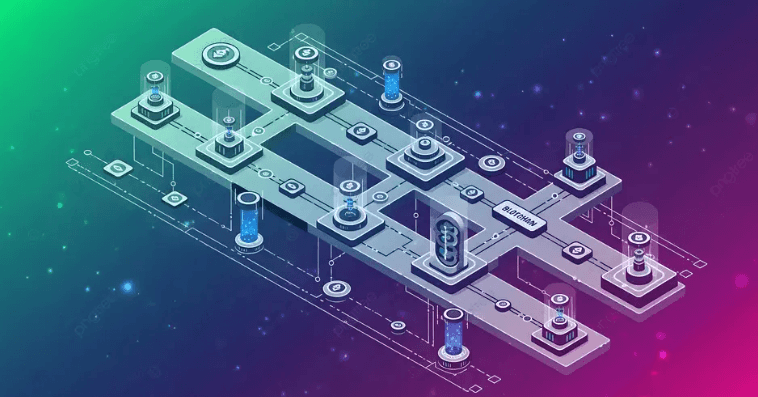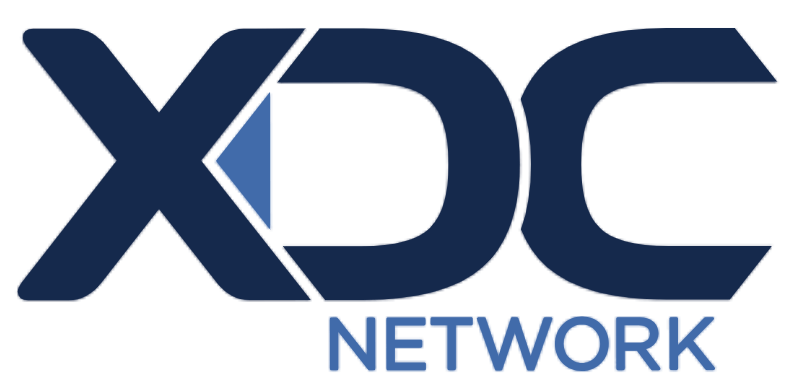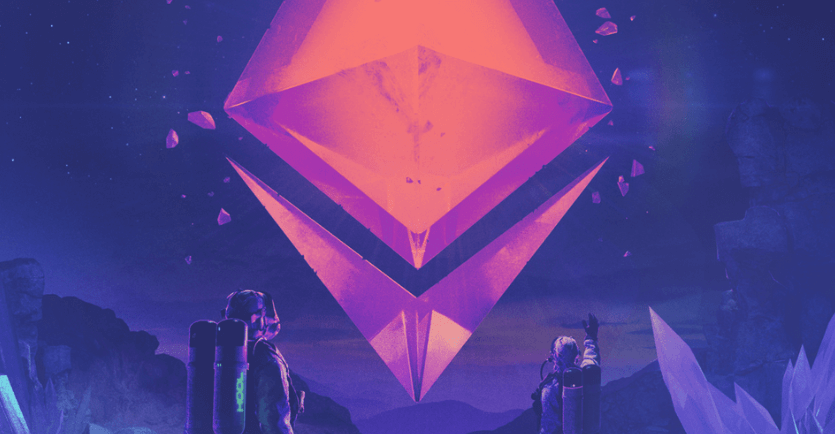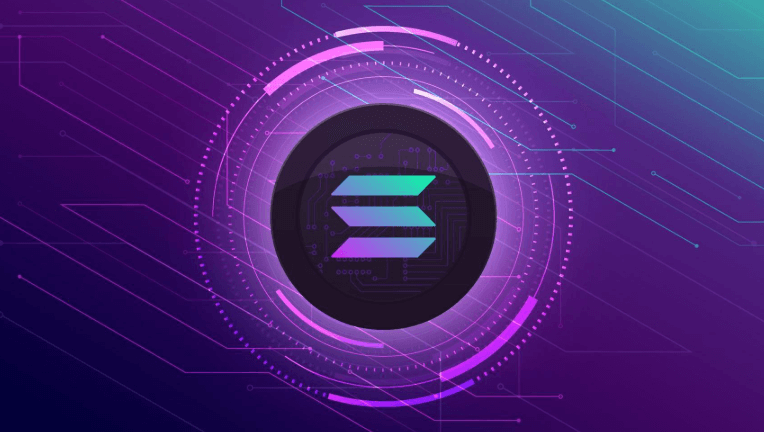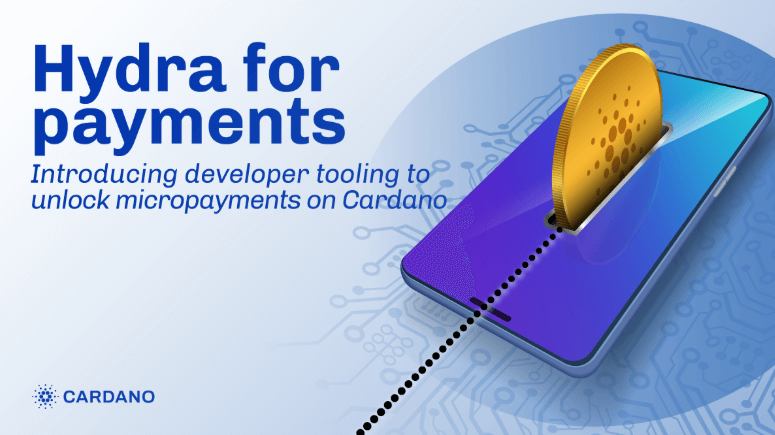Introduction
Blockchain technology has transformed the digital financial landscape, but scalability remains a significant challenge. As demand for faster and cheaper transactions grows, Layer 2 solutions have emerged as a critical innovation to improve blockchain efficiency. This report explores the development of Layer 2 solutions, their impact on Ethereum and other blockchains, and future trends in scaling technologies.
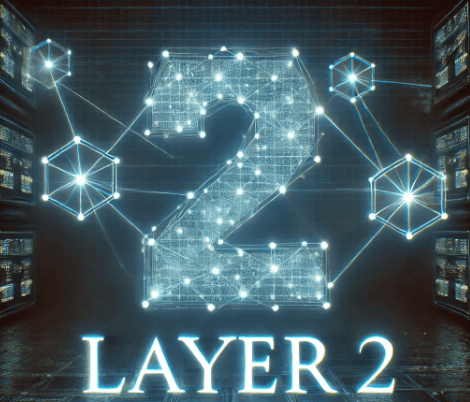
What Are Layer 2 Solutions?
Layer 2 solutions are protocols built on top of existing blockchain networks (Layer 1) to improve transaction speed and reduce costs. These solutions offload transaction processing from the main chain while maintaining security and decentralization. Key Layer 2 technologies include:
- Rollups: Bundling multiple transactions into a single batch before submitting them to the main chain (e.g., Optimistic Rollups and zk-Rollups).
- State Channels: Enabling off-chain transactions between parties while settling final balances on-chain.
- Sidechains: Independent blockchains linked to the main chain via bridges for interoperability.
The Impact on Ethereum and Other Blockchains
Scalability and Reduced Gas Fees
Ethereum’s congestion issues and high gas fees have been major pain points for users. Layer 2 solutions help by:
- Increasing transaction throughput from 15 TPS (Ethereum mainnet) to over 2,000 TPS with rollups.
- Reducing gas fees significantly, making decentralized applications (dApps) more accessible.
Enhanced User Experience and Adoption
By improving transaction speed and lowering costs, Layer 2 solutions encourage broader adoption of blockchain applications. This includes:
- DeFi Growth: Platforms like Arbitrum and Optimism enable cheaper and faster transactions for decentralized finance (DeFi) users.
- NFT Expansion: Layer 2 reduces minting and trading costs, making NFTs more affordable.
- Gaming and Web3 Applications: Faster transactions benefit blockchain-based gaming and metaverse experiences.
Security and Decentralization Considerations
While Layer 2 solutions improve efficiency, they introduce challenges:
- Smart Contract Risks: Bugs or vulnerabilities in Layer 2 protocols can lead to fund losses.
- Centralization Concerns: Some Layer 2 solutions rely on centralized operators, reducing decentralization.
The Future of Layer 2 Scaling
The evolution of Layer 2 solutions is shaping the next phase of blockchain development. Key trends include:
- Increased Adoption of zk-Rollups: zkSync and StarkNet are gaining traction due to their ability to provide instant finality and enhanced security.
- Interoperability Between Layer 2 Networks: Cross-chain bridges will improve liquidity and user experience.
- Integration with Traditional Finance: Institutional adoption of blockchain technology may drive further Layer 2 development.
Conclusion
Layer 2 solutions are revolutionizing blockchain ecosystems by enhancing scalability, reducing transaction costs, and improving user experience. While challenges remain, ongoing innovation in rollups, sidechains, and interoperability solutions will play a vital role in the mass adoption of blockchain technology.
Disclaimer: This article is for informational purposes only and is not investment advice. Investors should research carefully before making any decisions. We are not responsible for your investment decisions.

